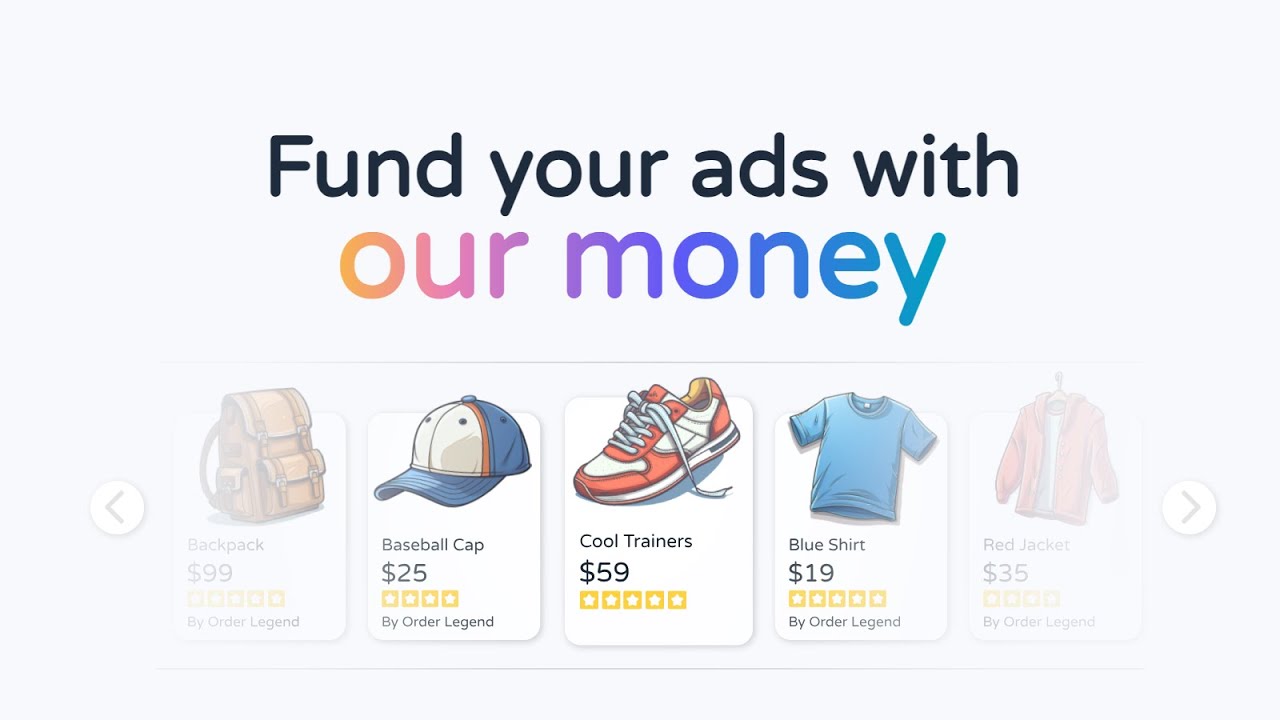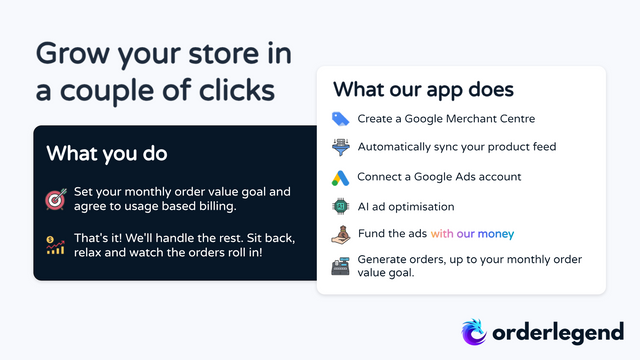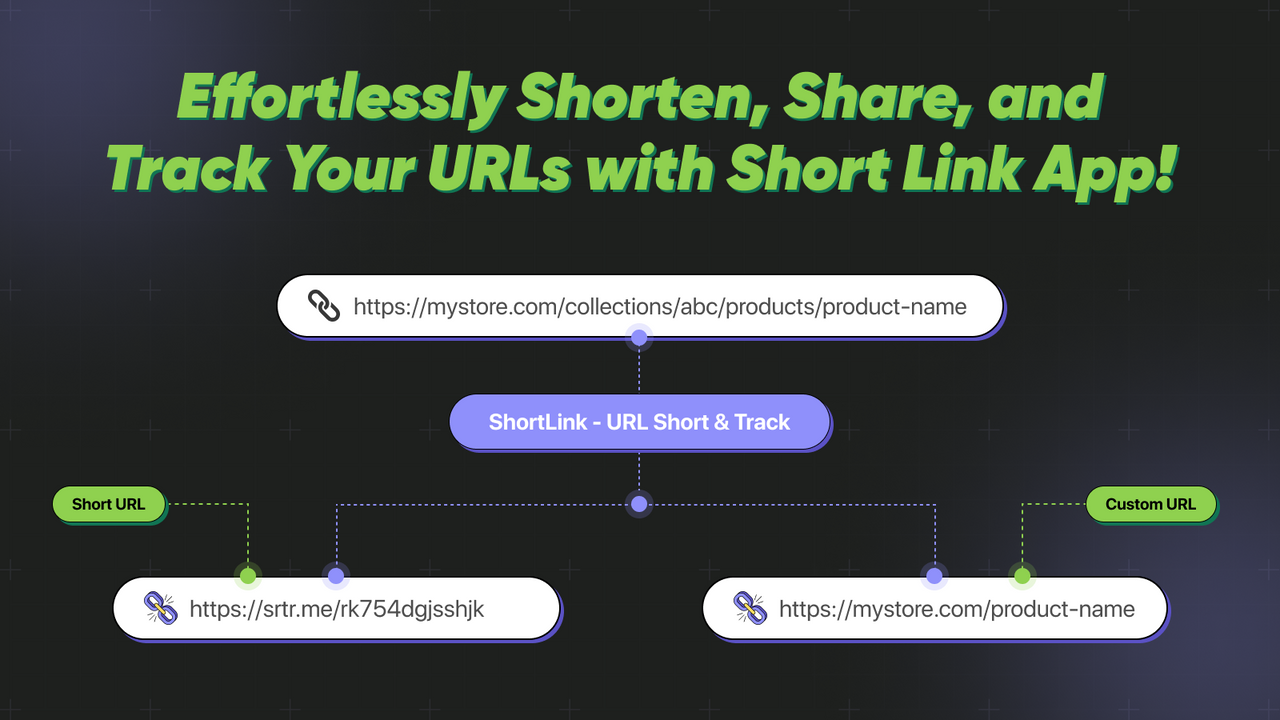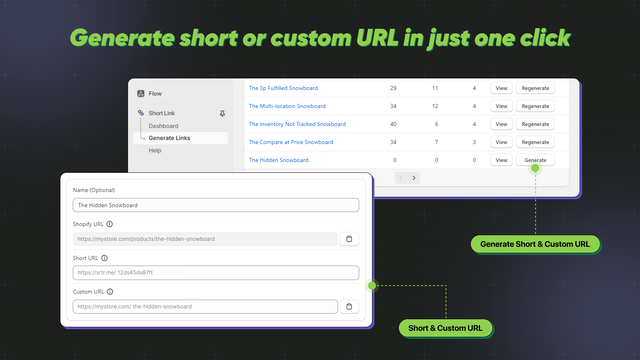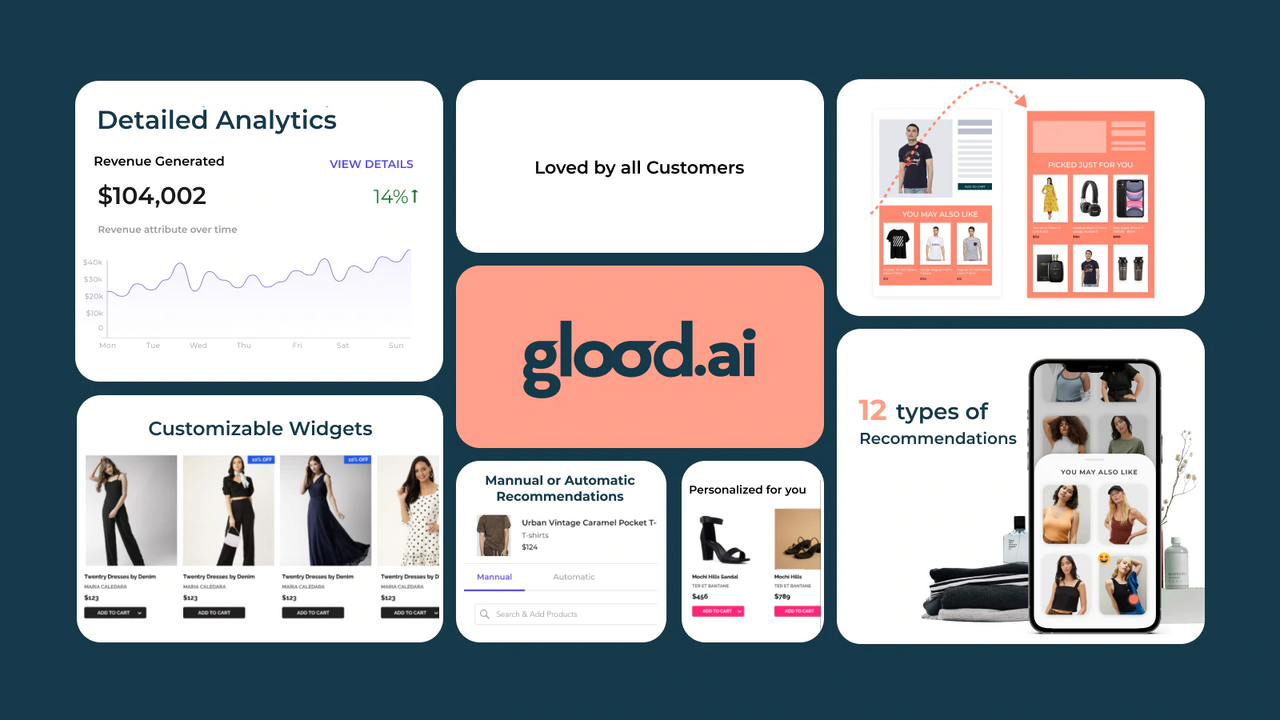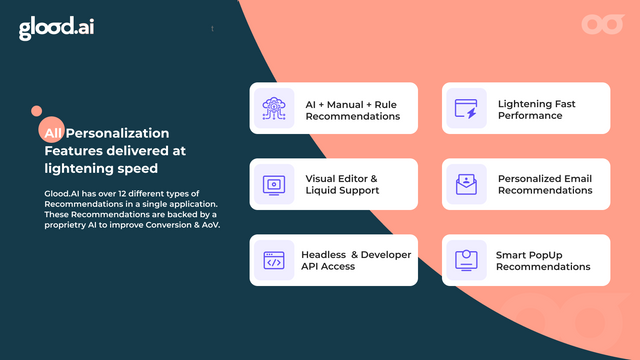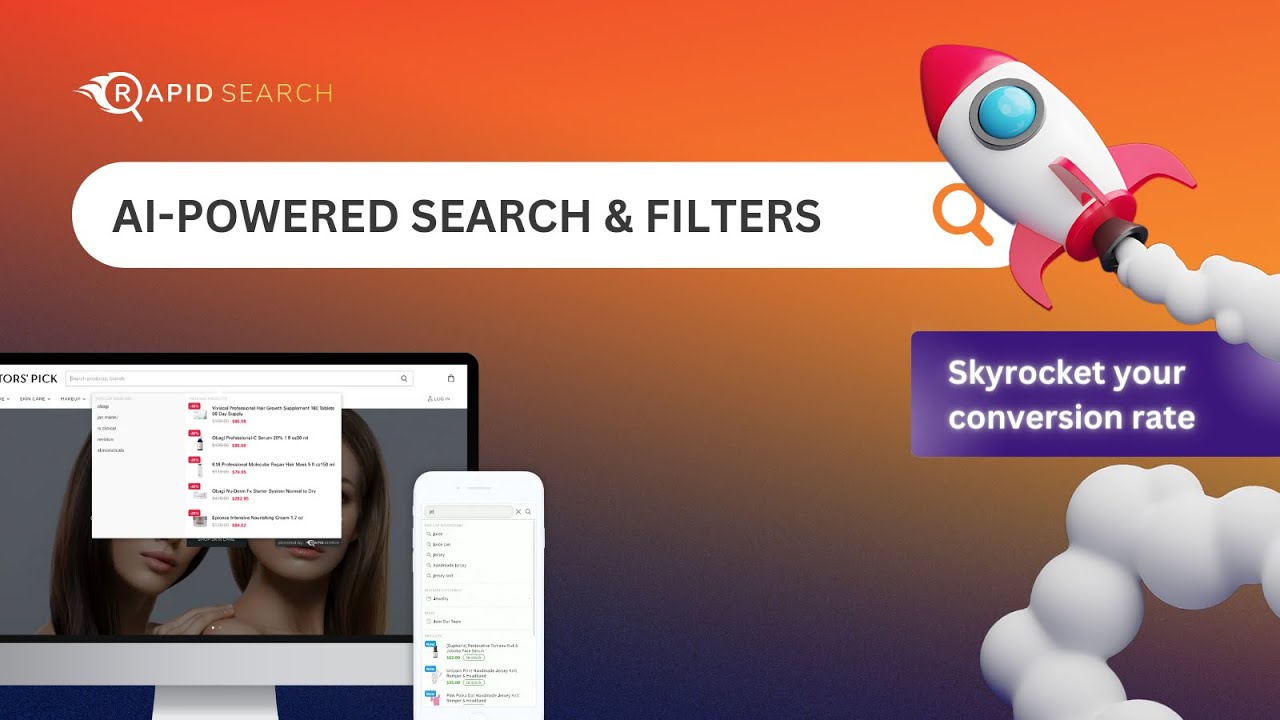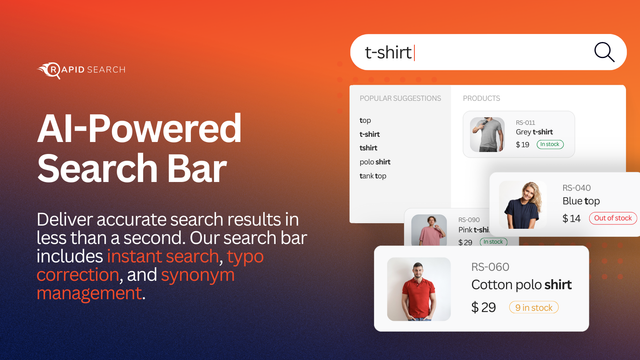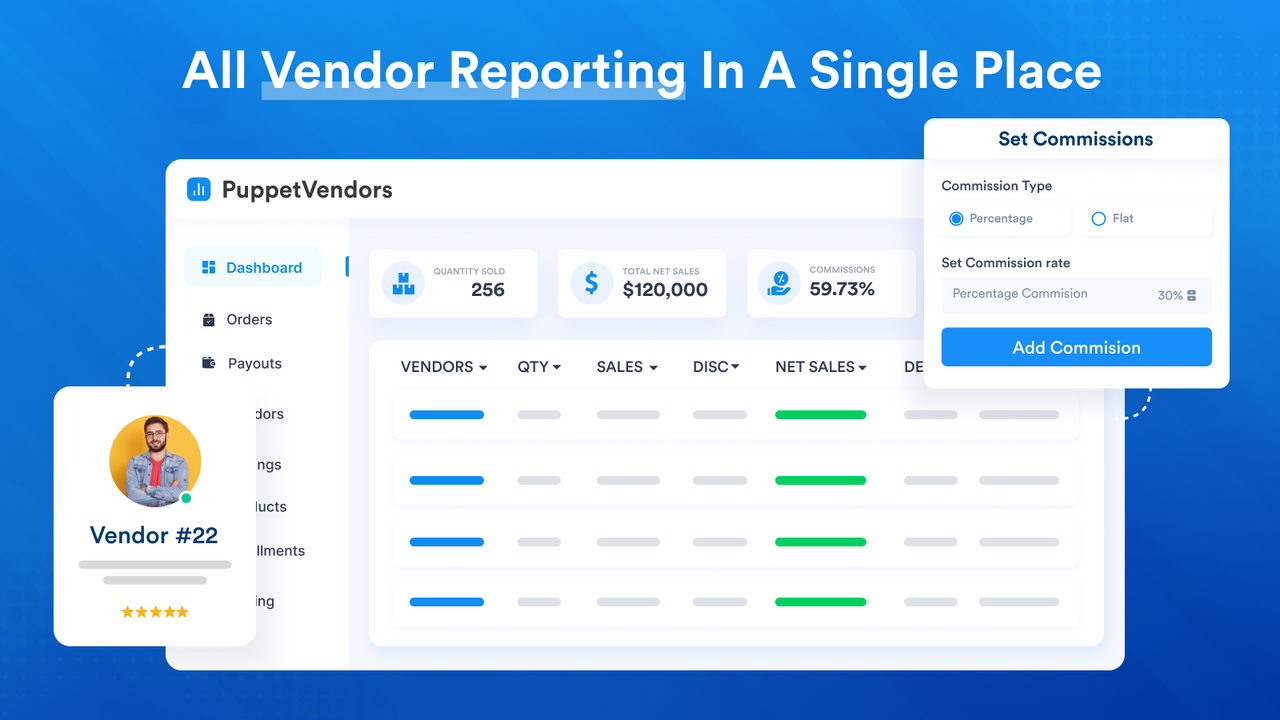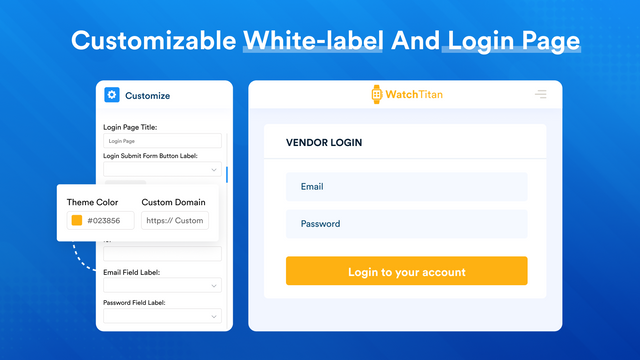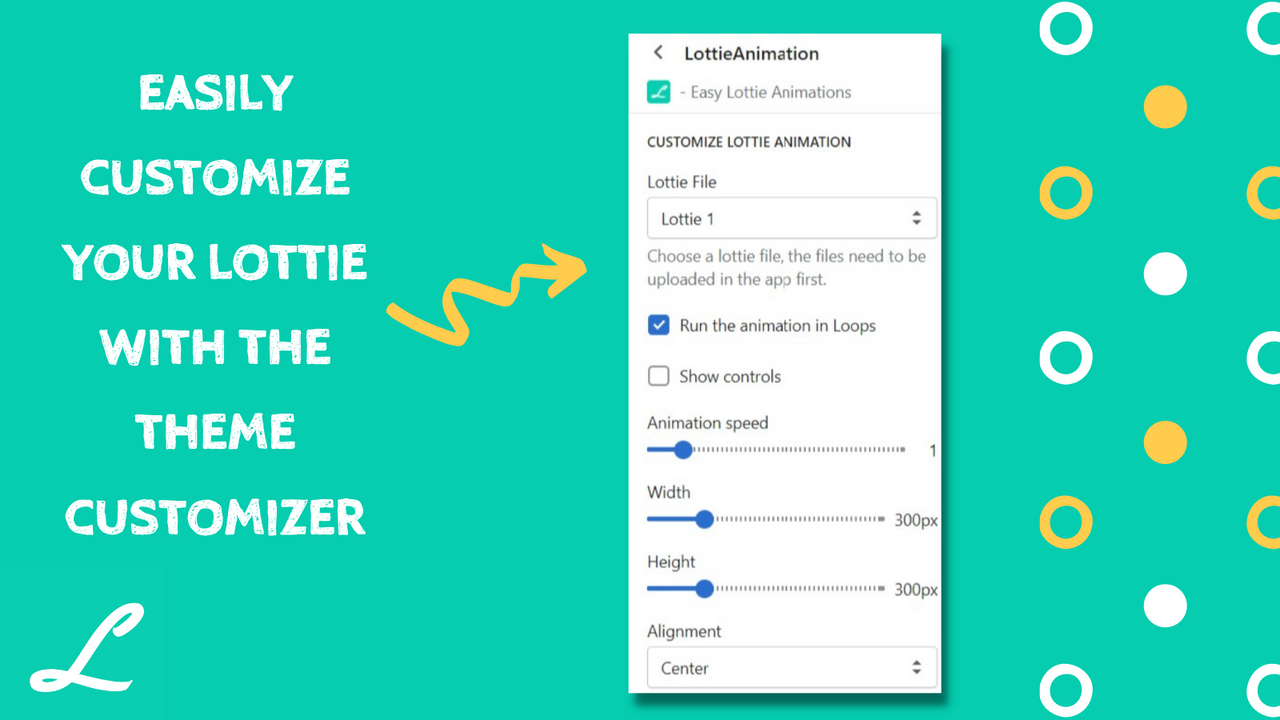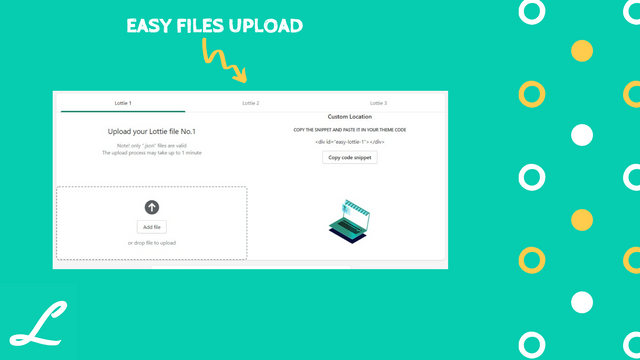When comparing the Monster Post Purchase Upsells app and the Checkout Wiz: Upsells & Blocks app, we can see that both apps have powerful features aimed at increasing revenue potential and enhancing the checkout experience. However, there are some key differences that set them apart.
The Monster Post Purchase Upsells app focuses on maximizing revenue by showcasing upsell, cross-sell, and down-sell offers immediately after the customer has made a purchase. With its smart and targeted selling techniques, this app taps into customers' buying mode and encourages spontaneous buying decisions. The straightforward and user-friendly interface of this app makes post-purchase upselling easy, allowing merchants to focus on other aspects of their business. Additionally, the ability to customize offers adds a personalized touch that customers appreciate. Overall, this app guarantees a more refined and profit-generating e-commerce experience.
On the other hand, the Checkout Wiz: Upsells & Blocks app offers a suite of features that not only streamline the checkout process but also provide control over elements such as upsells, branding, thank you pages, and more. This app empowers merchants to fine-tune their stores' last crucial step and secure enhanced conversions. With additional features like Address Validation, A/B testing, and in-depth analytics, merchants have critical insights for data-driven decision making. The no-code approach ensures seamless integration, and a dedicated chat support team is available to assist with any checkout queries. This app provides a superior customer experience by minimizing transaction errors and boosting shopper confidence.
Based on their specific capabilities and benefits, we recommend both of these apps. The Monster Post Purchase Upsells app is ideal for merchants looking to increase average order value through post-purchase upselling, while the Checkout Wiz: Upsells & Blocks app is perfect for those who want to streamline the checkout process and have more control over their branding and checkout elements. Ultimately, the choice depends on the specific needs and goals of each merchant.





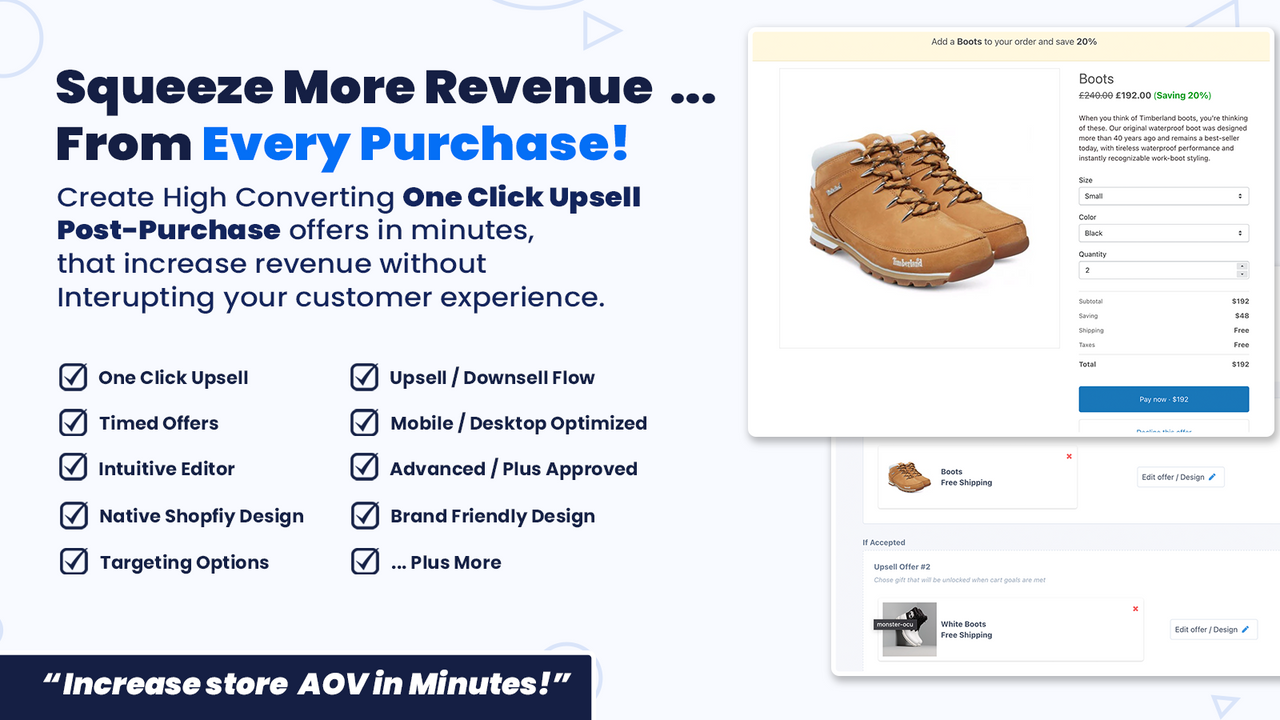







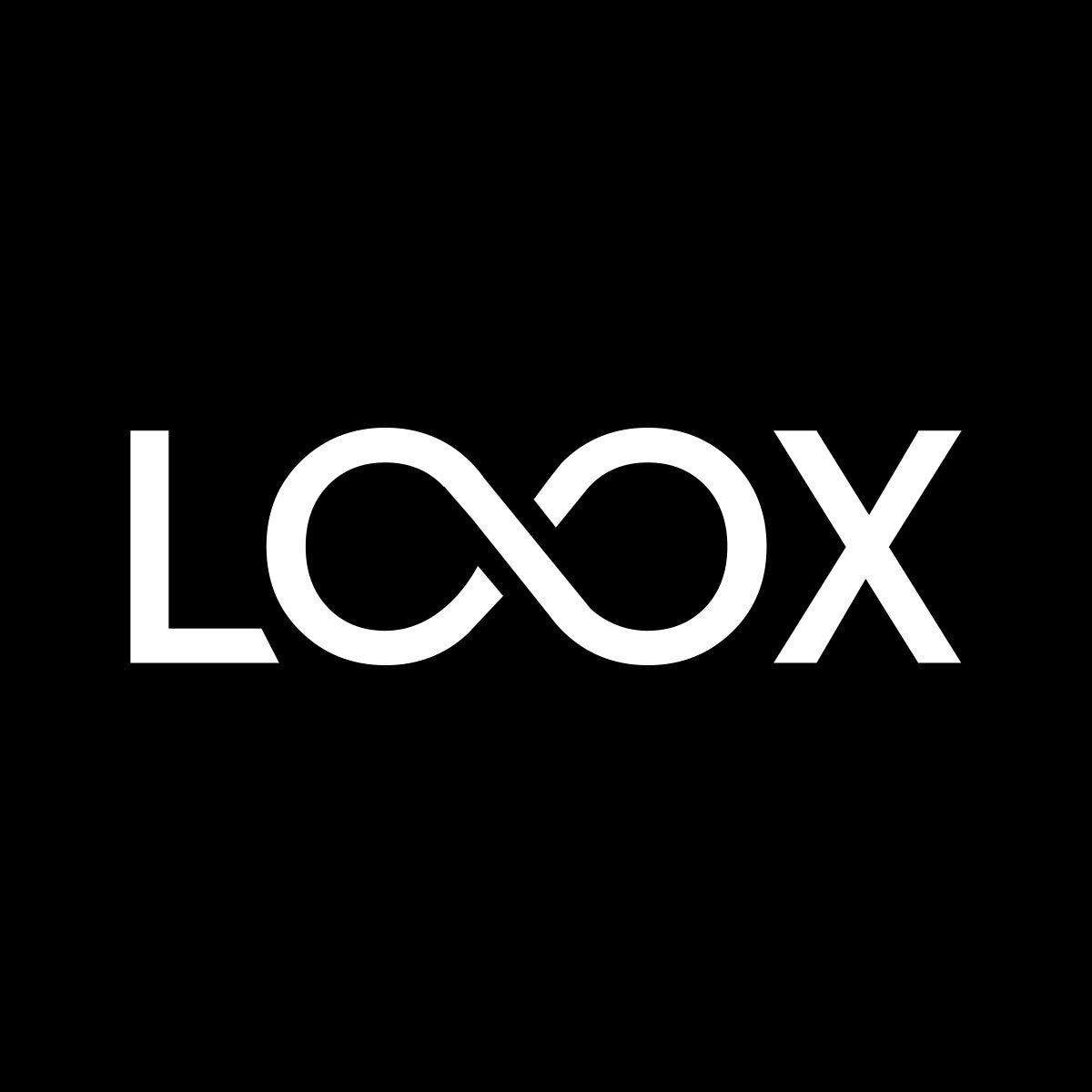

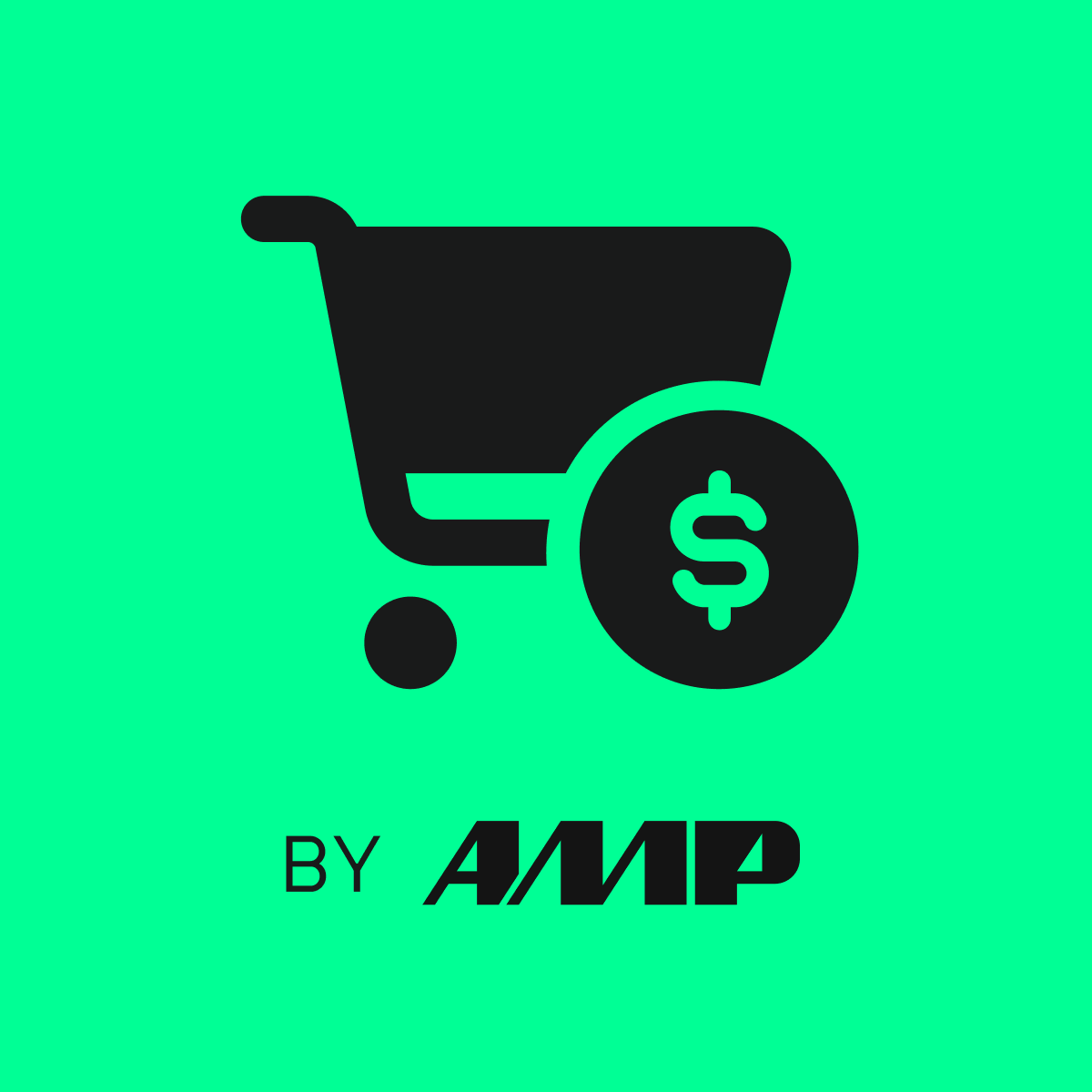
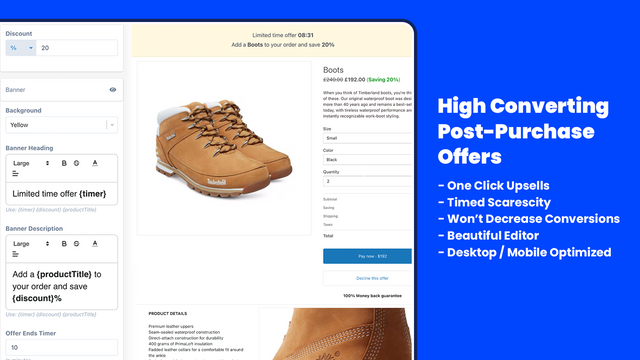
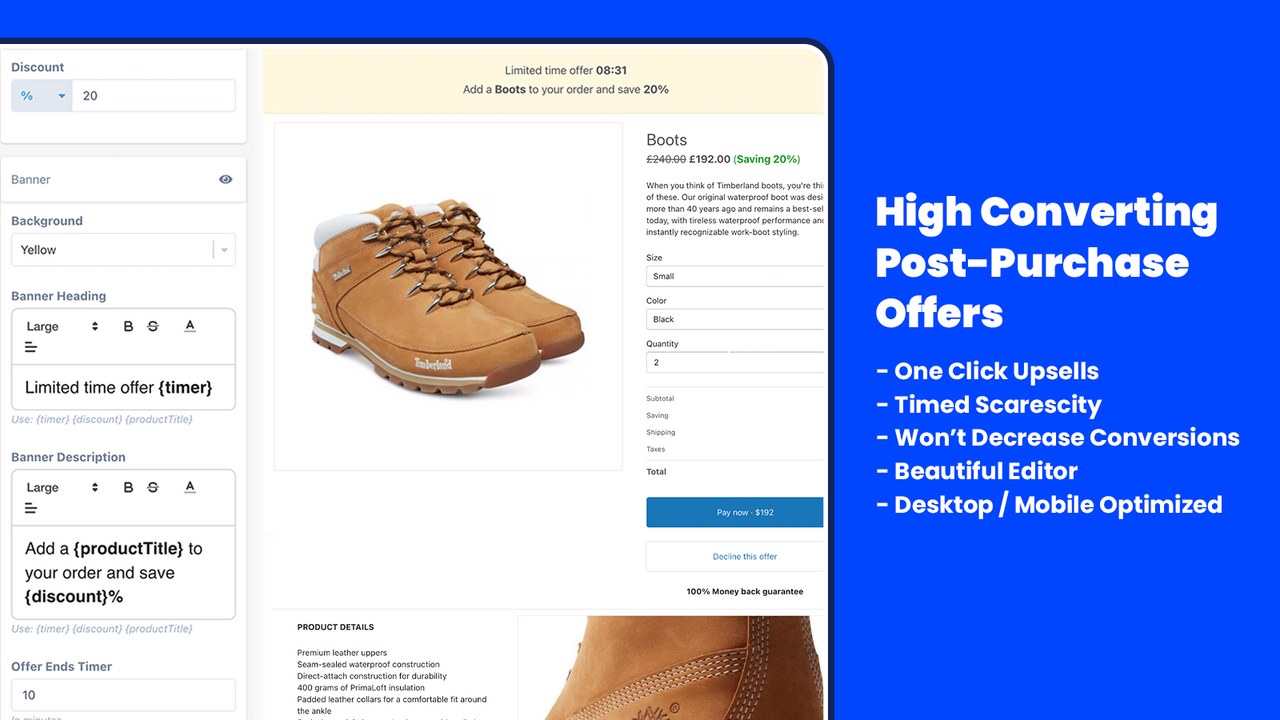
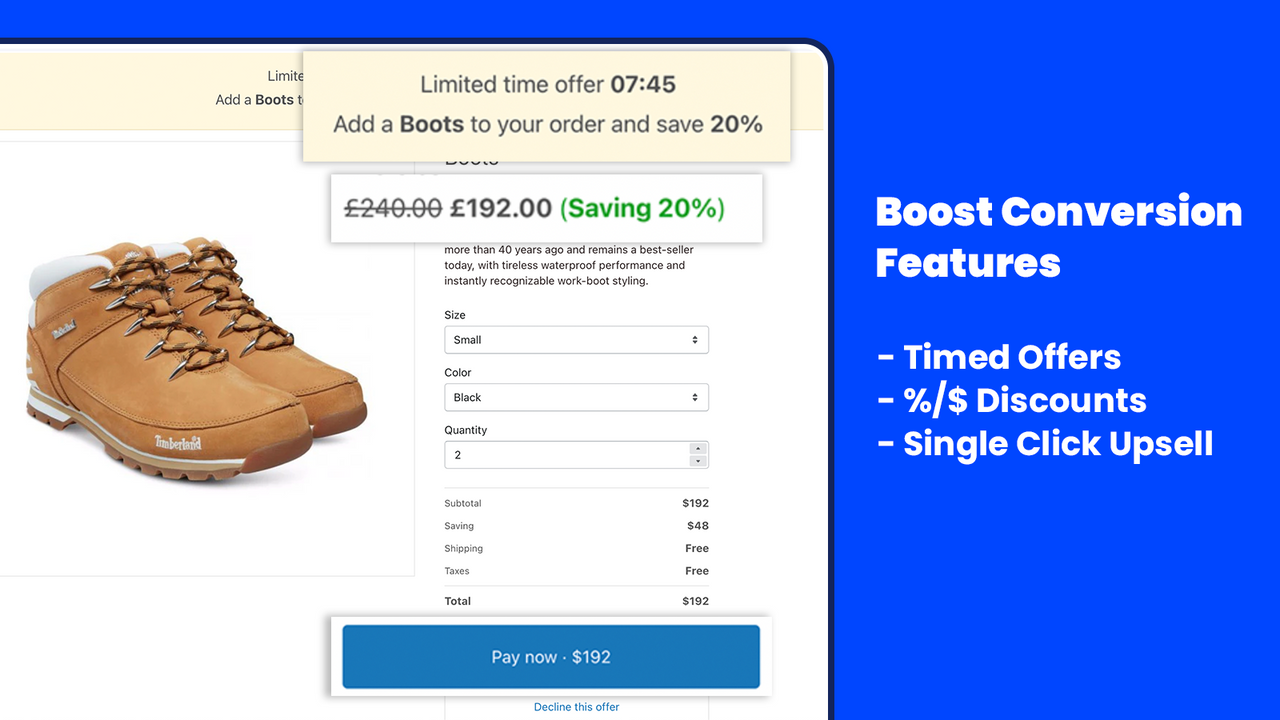
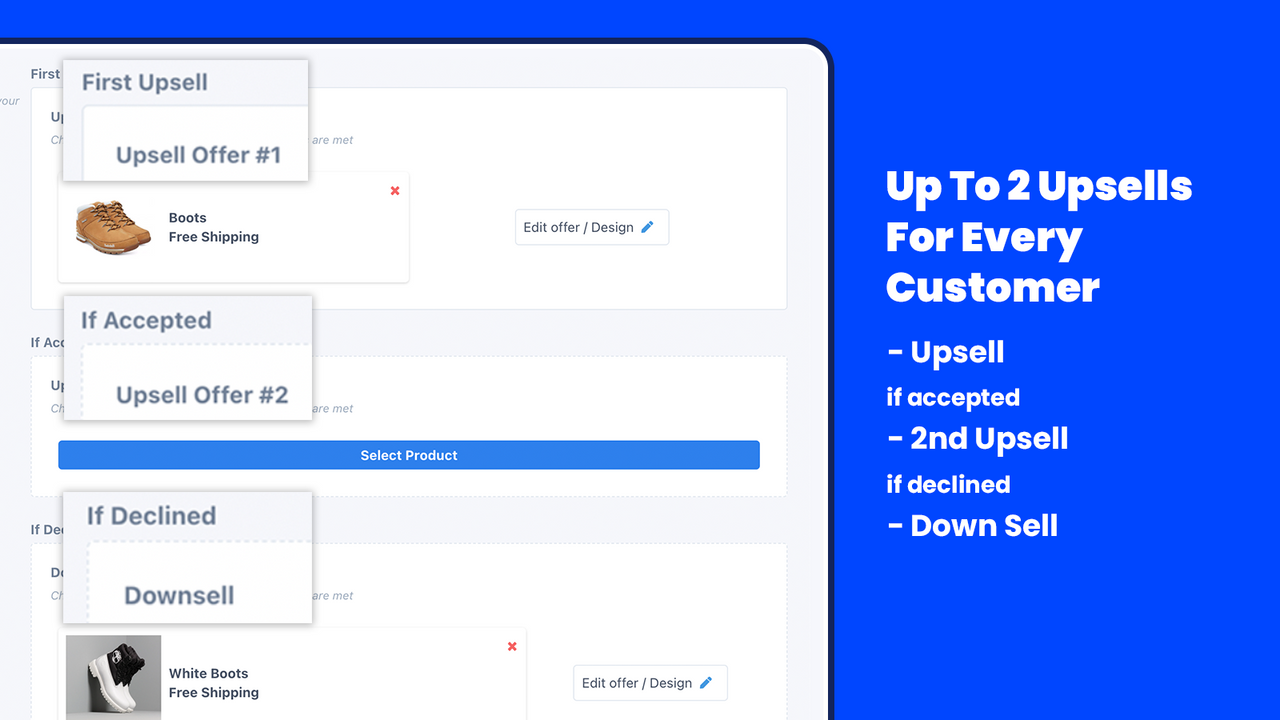
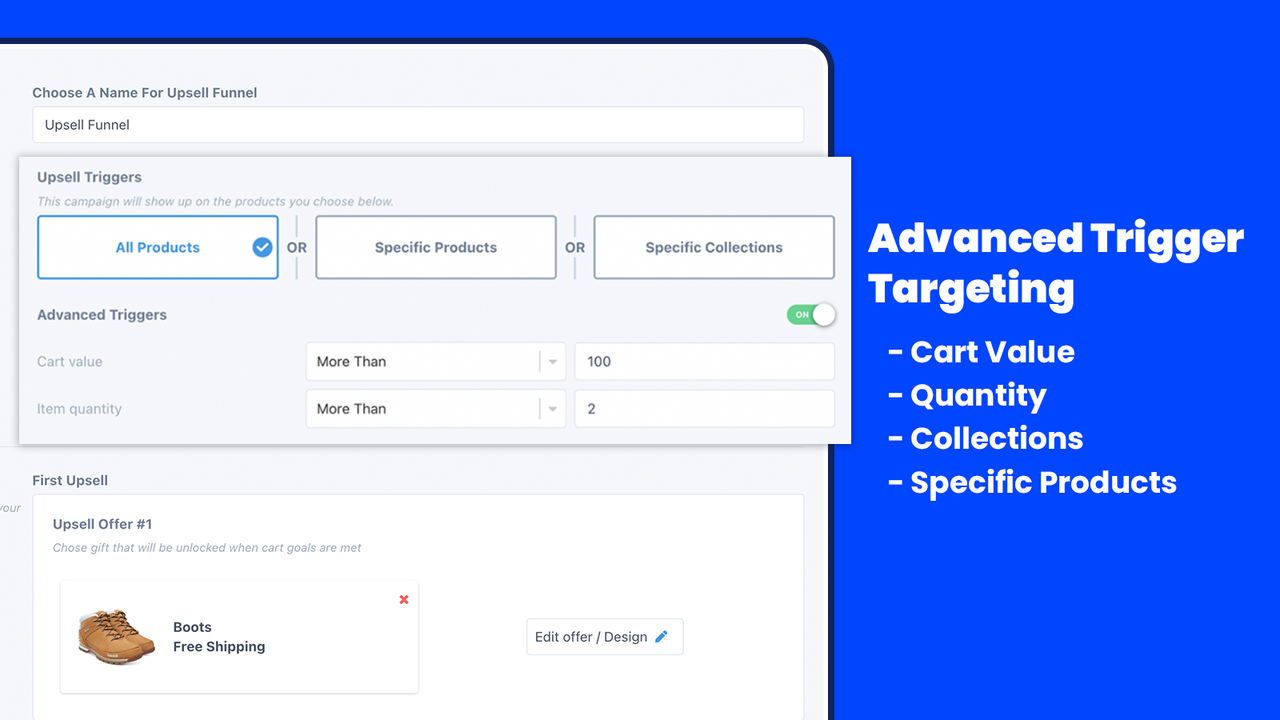

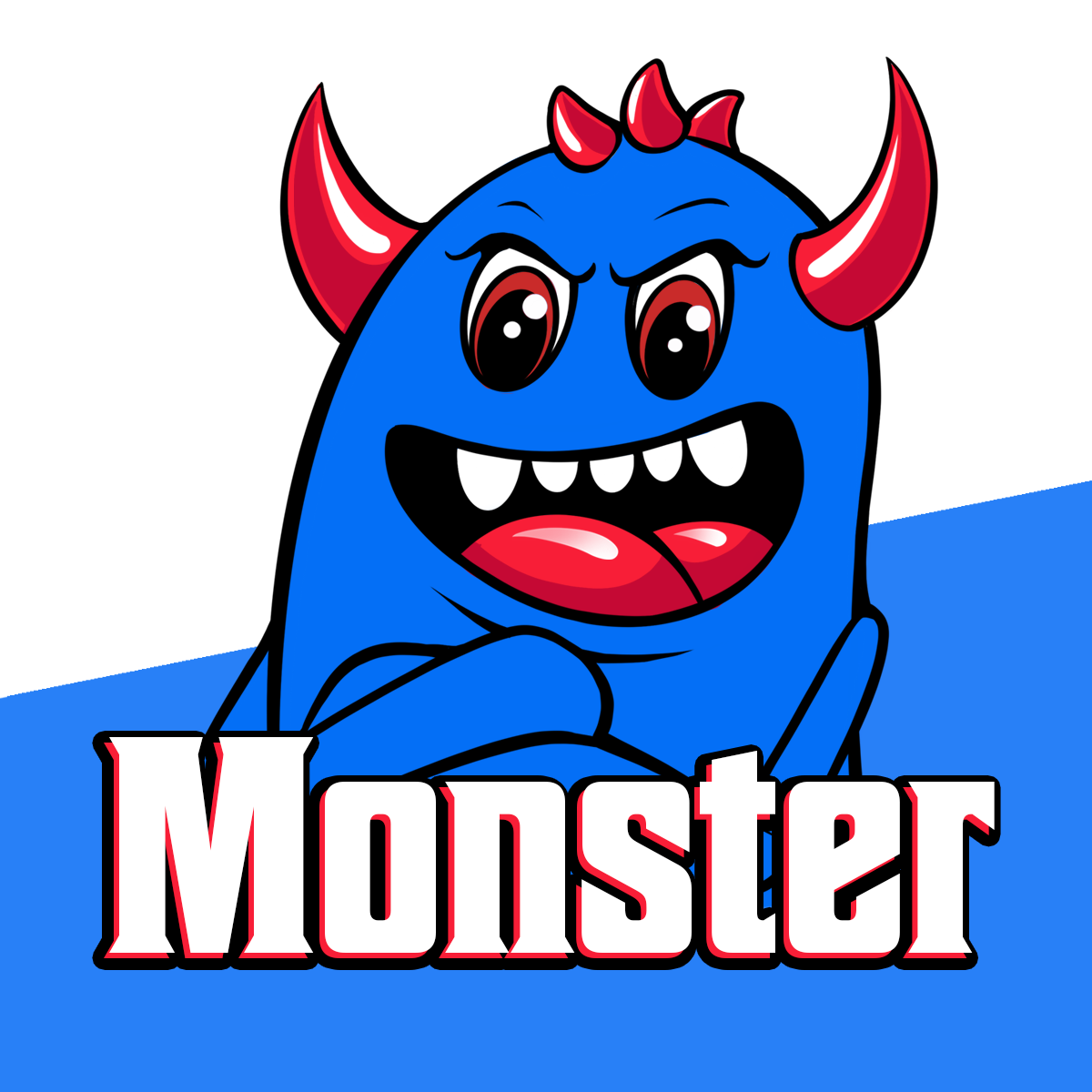 Monster Checkout Upsell
Monster Checkout Upsell Checkout Blocks & Upsells: Wiz
Checkout Blocks & Upsells: Wiz